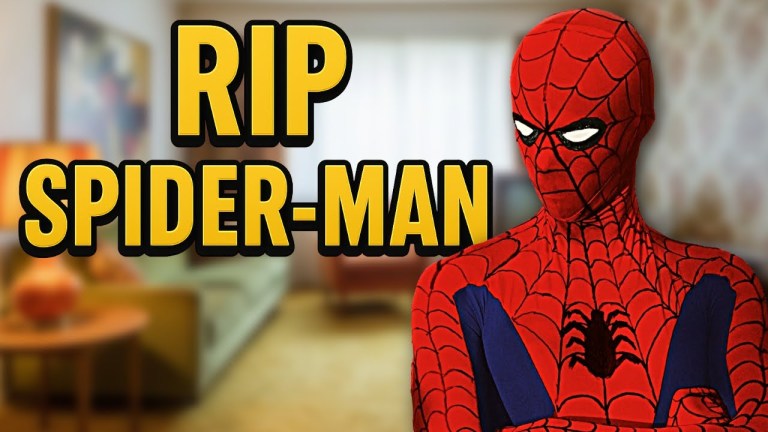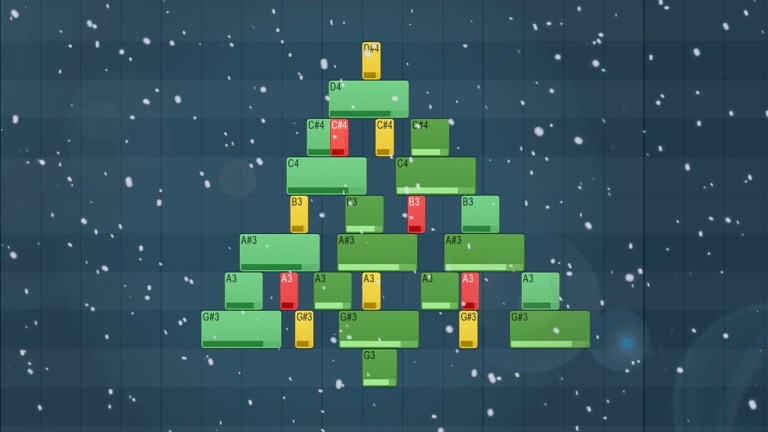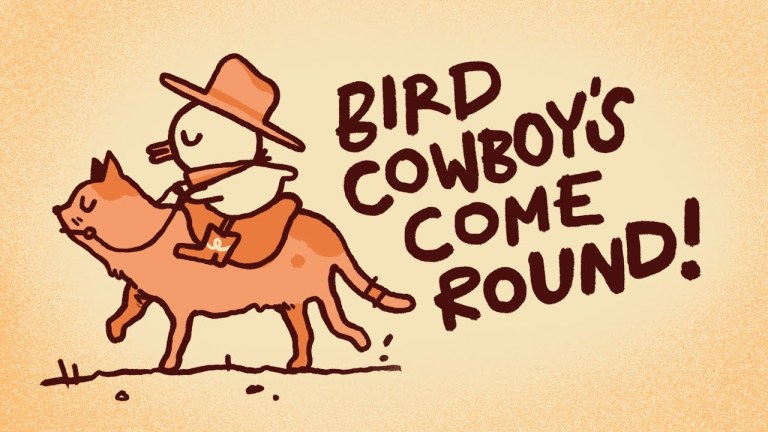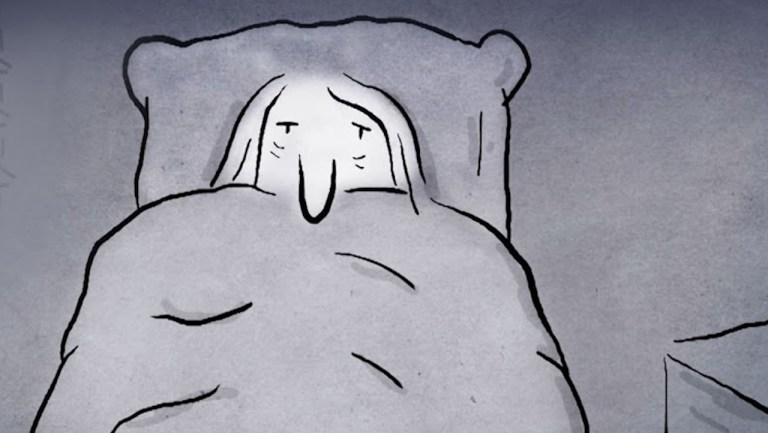The Colorful History of the Bold But Often Misunderstood Umlaut
In the latest of their wonderful whiteboard videos, linguist Arika Okrent and illustrator Sean O’Neill verbally and visually offer up a quick but fairly comprehensive history of the umlaut and its colorful misuse, particularly in the English language.
But when we say umlaut we generally aren’t talking about the historical sound change process, but about the dots. And they came about much later. In old texts the umlauted vowels were indicated in different ways, including a tiny e on top of another vowel. Eventually, that tiny e turned into the two dots we know today. That got a little confusing, because the dots were already in use in Greek and other languages as a dieresis to keep a vowel from blending into the one next to it, so that naïve wouldn’t come out as “nayve.” …But to English speakers, they were most firmly associated with the gothic, Nordic, Germanic tradition — only with respect to looks though. To us, the dots themselves, the look of the thing, became more important than the sounds they represented. When Mötley Crüe first performed in Germany, they couldn’t understand why the crowd was chanting “muhtley cruu!”






